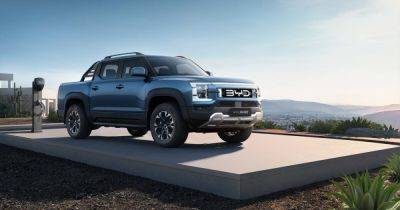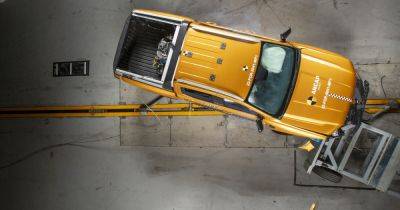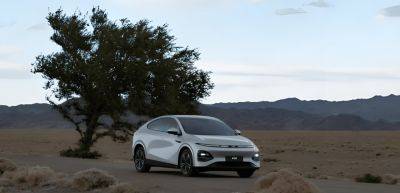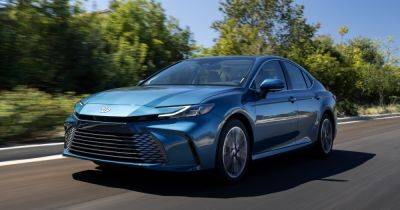A Company Is Building a Giant Compressed-Air Battery in the Australian Outback
This story originally appeared on Inside Climate News and is part of the Climate Desk collaboration.
The need for long-duration energy storage, which helps to fill the longest gaps when wind and solar are not producing enough electricity to meet demand, is as clear as ever. Several technologies could help to meet this need.
But which approaches could be viable on a commercial scale?
Toronto-based Hydrostor is one of the businesses developing long-duration energy storage that has moved beyond lab scale and is now focusing on building big things. The company makes systems that store energy underground in the form of compressed air, which can be released to produce electricity for eight hours or longer.
I spoke with Curtis VanWalleghem, Hydrostor’s CEO and cofounder, to get an update on how close he is to breaking ground on large plants in Australia and California and to learn how he makes the case for his company.
He emphasizes the simplicity of his product.
“It’s a very simple system that just uses a hole in rock [plus] air and water,” he said. “And then the equipment is all from the oil and gas industry, so you don’t need new manufacturing or anything.”
Some background on why long-duration storage matters: The grid of the near future will require a mix of energy storage resources to fill gaps when there are lulls in generation from wind and solar. Most lithium-ion battery systems run for a maximum of four hours. Energy system planners have said the grid will also need storage options that can run six, eight, and 12 hours, and some that last as long as a day or more.
The Department of Energy has identified the need for long-duration storage as an essential part of fully decarbonizing the electricity system, and in 2021 set a goal that research, development, and investment would help to reduce the costs of the technologies by 90 percent in a decade.







